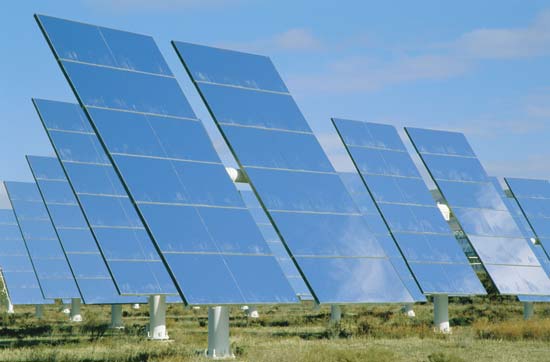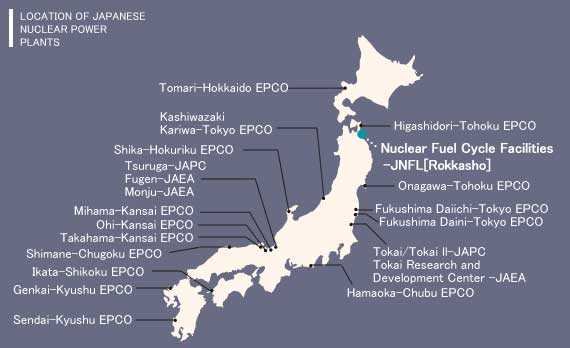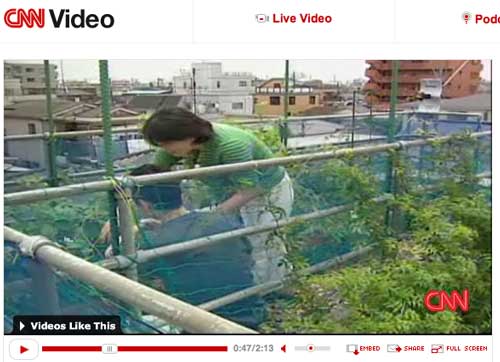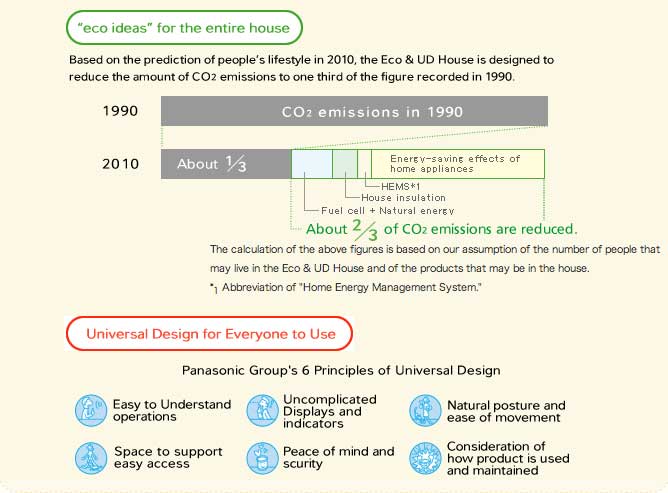
As I wrote earlier, the Democratic Party of Japan, which recently won a landslide election, is calling for major environmental changes, including significantly greater carbon emission targets than the outgoing LDP party. This week I learned that, on the premise of reviving the struggling Japanese countryside, the DPJ has also promised to reduce the gasoline tax and highway tolls. These pro-automobile ideas will not help with emissions targets.
Keidanren, the Japan Business Federation, is strongly opposed to the more ambitious emission goals. By calculating the difference in today’s prices between fossil fuels and renewable energy, numbers have been created to alarm the public about costs to consumers and businesses. A particularly Japanese explanation I heard from one Japanese corporate spokesperson was articulated as concern for the finances of business customers.
This organized resistance to change strikes me as short-sighted. According to a Japan Ministry of Foreign Affairs chart based on International Energy Agency data, Japan is already the world’s most energy efficient nation (calculated as energy supply per unit of GDP): three times more efficient than the global rate, twice as efficient as the US, almost twice more than the European Union, and more than seven times India and China.
In the United States, Obama has called for 25% of electric energy to come from renewable sources by 2025. The DPJ’s solar subsidies and carbon taxes will spur adoption of solar energy, benefiting Sharp and Kyocera. In a world of climate change and peak oil, investing now in renewable energy seems vital for Japan’s energy security and global technology exports.
If the focus is strictly on carbon emissions, and not renewable energy, Japan risks further dependence on nuclear energy. Already 26% of electric power in 2007, nuclear power produces dangerous waste, all the more so in a small island nation prone to earthquakes. This makes news that nuclear industry and international energy leaders are seeking to increase operating rates. From the Japan Times,
Nobuo Tanaka, executive director of the International Energy Agency, urged Japan last year to relax its “hyper cautious” atomic safety standards to increase output.
The country’s operating rate averaged 59 percent in 2008, compared with 90 percent in the U.S. and 76 percent in France, according to industry group the Japan Atomic Industrial Forum Inc.
With energy use increasing in the developing world, now is the time to debate the difference between carbon neutral and renewable energy, and the role of national governments in promoting change that can spur international competitive economic advantage.

(from the Nuclear Fuel Transport Co, Ltd)





